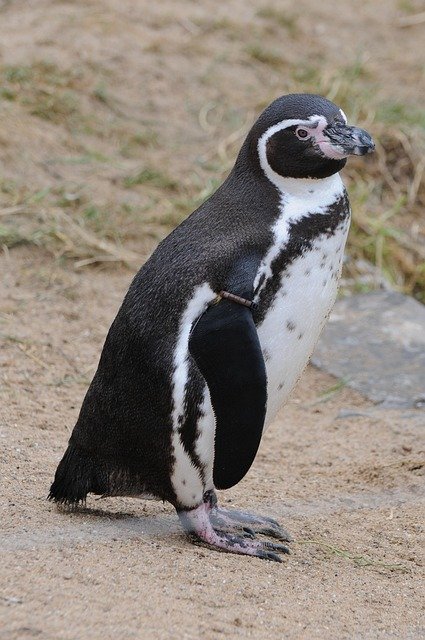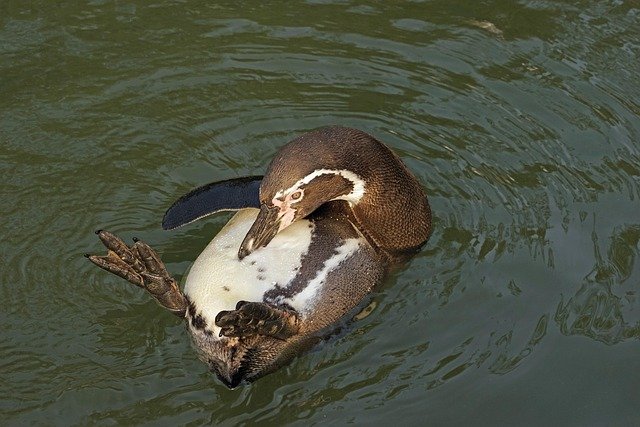**Topic: "The Social Structure of Penguin Colonies: Understanding Social Dynamics and Cooperation"** This

The Social Structure of Penguin Colonies: Understanding Social Dynamics and Cooperation
Penguins are fascinating creatures that have captivated the hearts of many with their distinctive waddles and charming behaviors. Beyond their adorable appearances, these flightless birds exhibit complex social structures and cooperative behaviors that are essential for their survival in harsh environments. In this post, we will explore the social dynamics of penguin colonies, highlighting how cooperation plays a vital role in their community life.
The Basics of Penguin Social Structure
Penguins are highly social animals that live in colonies, which can number in the thousands. These colonies provide several benefits, including:
- Protection from Predators: By living in large groups, penguins can better defend themselves against predators such as seals and birds of prey.
- Thermal Regulation: In frigid environments, huddling together helps to conserve body heat, making it easier for penguins to withstand extreme cold.
- Resource Sharing: Colonies facilitate the sharing of information about food sources, helping members locate fish and krill more efficiently.
Hierarchical Dynamics
Within penguin colonies, social hierarchies can emerge. While many species exhibit relatively egalitarian structures, certain behaviors indicate that some individuals may hold more dominant positions. For instance:
- Mating Rights: Dominant males often have better access to females during the breeding season, leading to higher reproductive success.
- Territorial Behavior: Some penguins establish and defend territories within the colony, especially during nesting season, which can lead to competition and displays of aggression.
Cooperation in Parenting
One of the most remarkable aspects of penguin social dynamics is their cooperative breeding behavior. Many species, such as the Emperor Penguin, exhibit a unique form of shared parenting:
- Egg Incubation: After the female lays an egg, both parents take turns incubating it. This shared responsibility ensures that the egg remains warm and protected from the cold.
- Chick Rearing: Once the chick hatches, both parents are involved in feeding and protecting it. This cooperation increases the chick's chances of survival in a challenging environment.
Communication and Social Bonds
Penguins have developed a range of vocalizations and body language to communicate effectively within their colonies. These forms of communication play a crucial role in maintaining social bonds and coordinating group activities:
- Vocal Calls: Each penguin has a unique call that helps them identify their mate or chick among the cacophony of sounds in a bustling colony.
- Physical Displays: Body postures, such as bowing and preening, help reinforce social bonds and establish relationships within the colony.
Challenges to Social Structure
Despite the advantages of living in colonies, penguins face numerous challenges that can impact their social dynamics:
- Climate Change: Melting ice and changing ocean conditions threaten food sources, leading to increased competition among colony members.
- Human Interference: Fishing practices and habitat destruction can disrupt penguin colonies, forcing them to adapt their social structures and behaviors.
Conclusion
The social structure of penguin colonies is a testament to the power of cooperation and community in the animal kingdom. Understanding these dynamics not only enriches our knowledge of these remarkable birds but also highlights the importance of conservation efforts to protect their habitats and ensure their survival. As we continue to study penguins, we gain valuable insights into the complexities of social behavior and the resilience of life in the face of environmental challenges.
References
Feel free to share your thoughts or experiences with penguins in the comments below! 🐧
